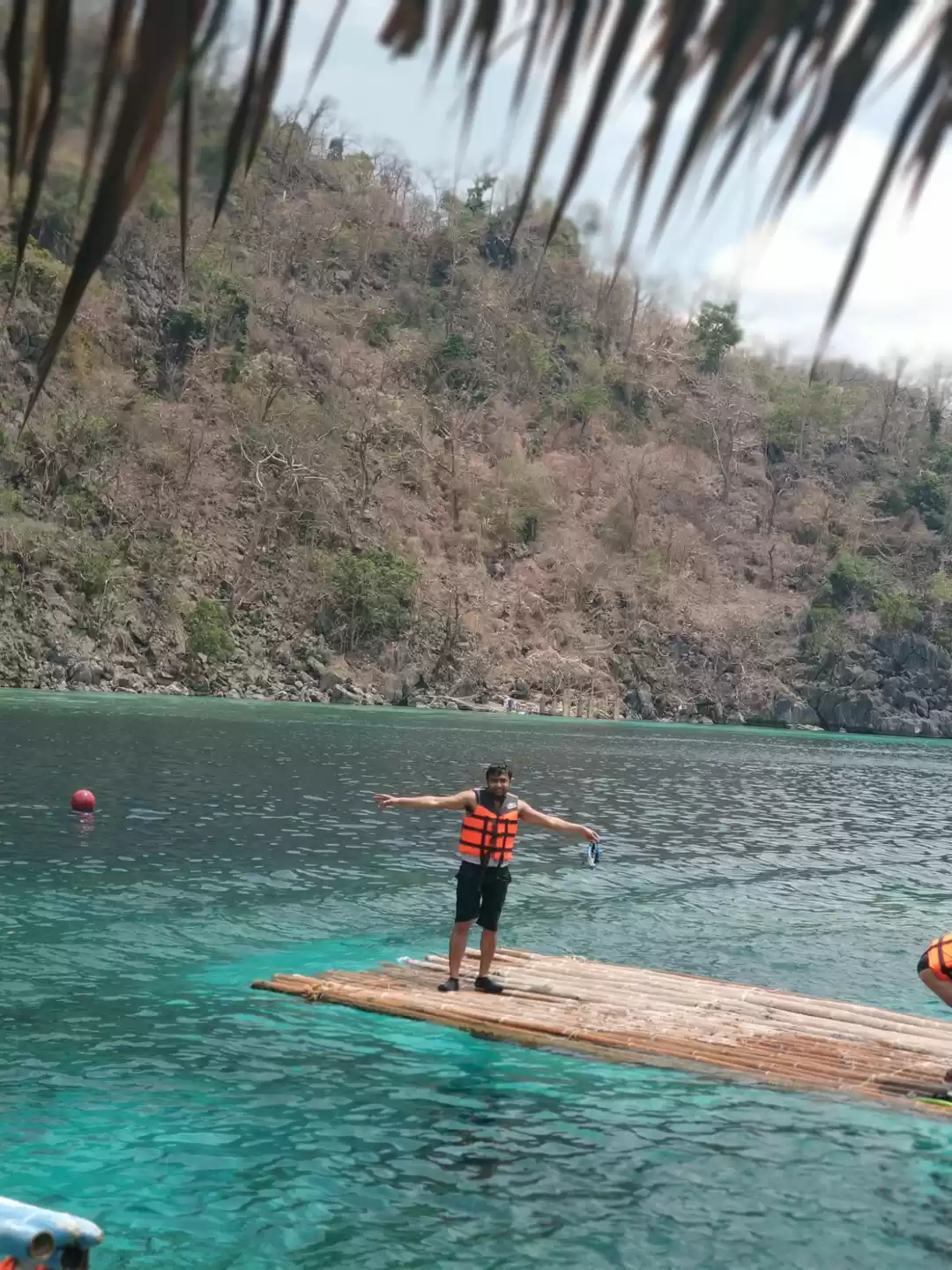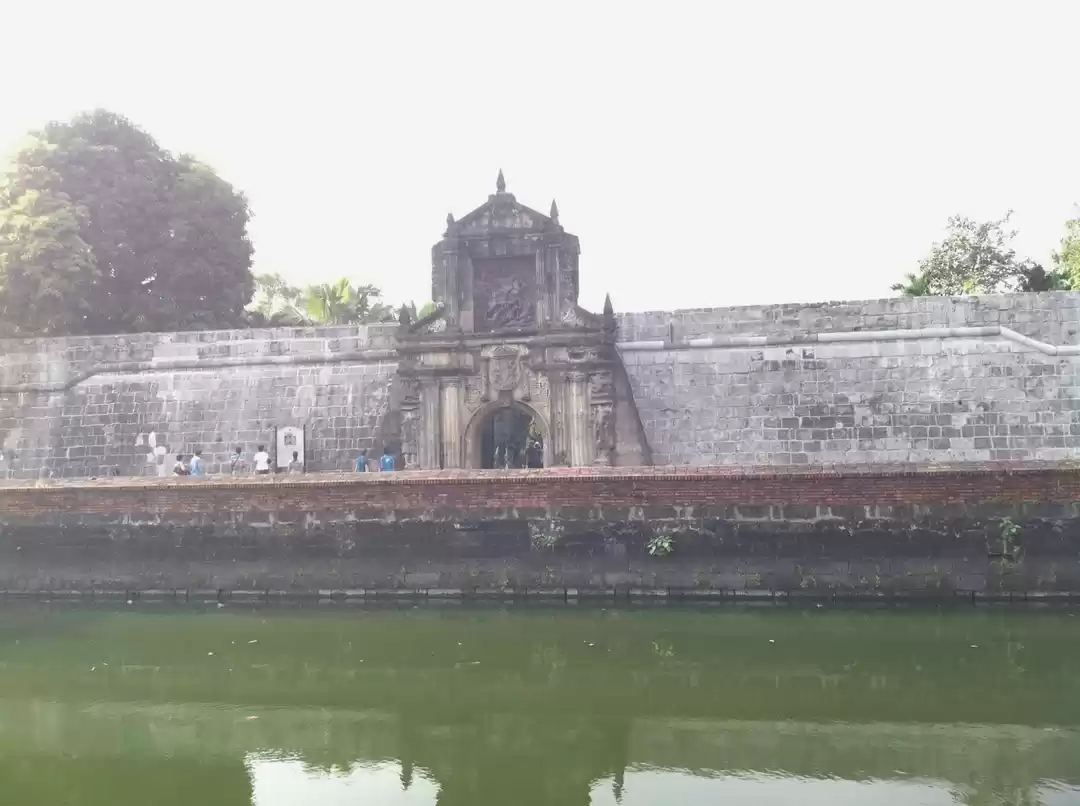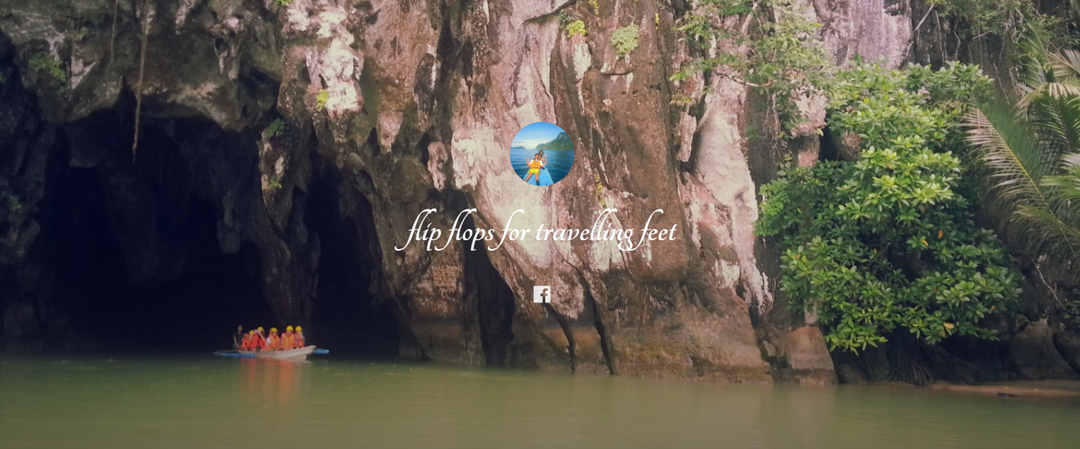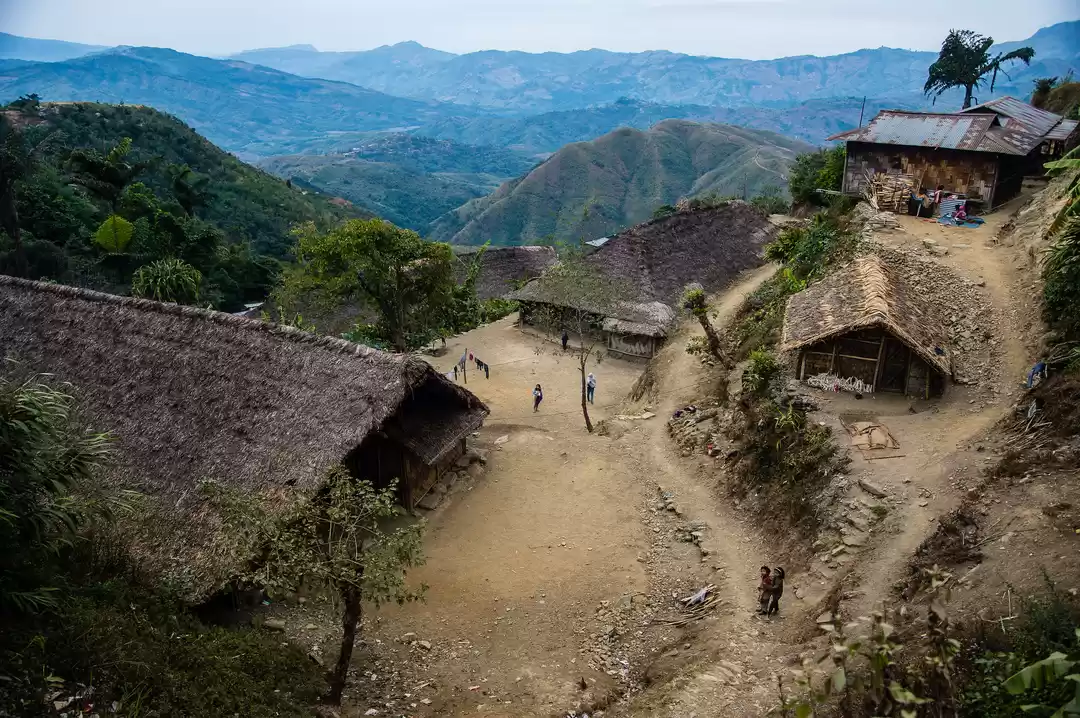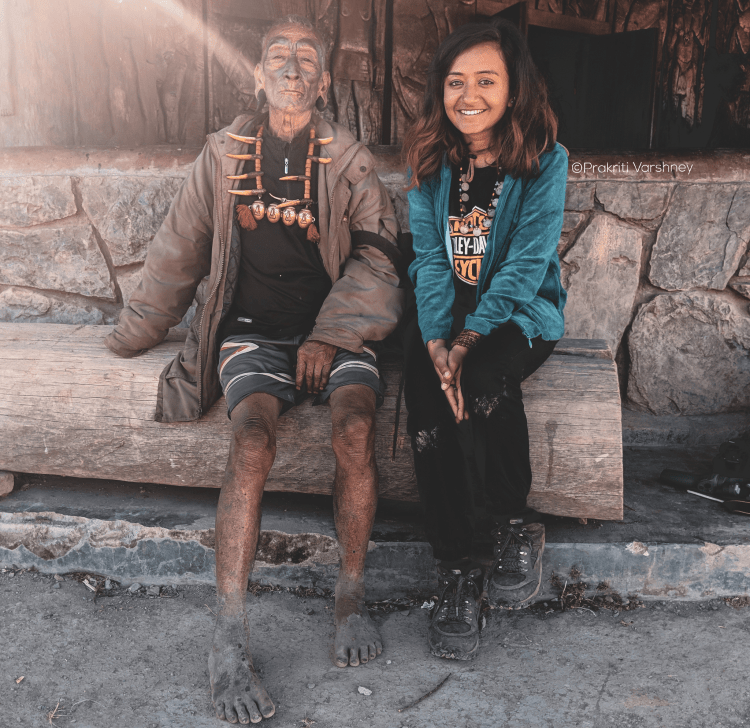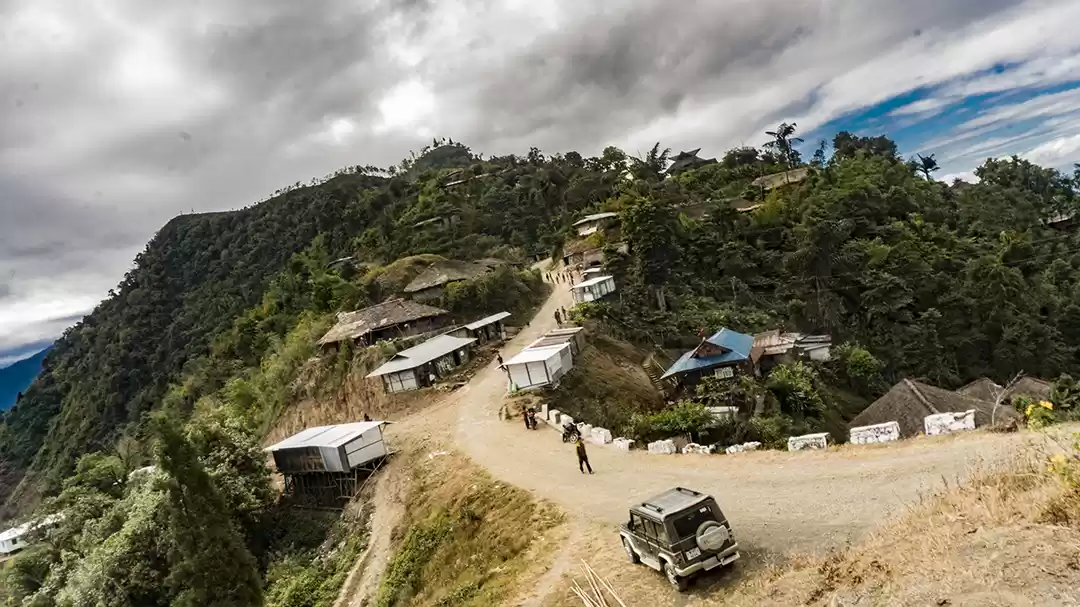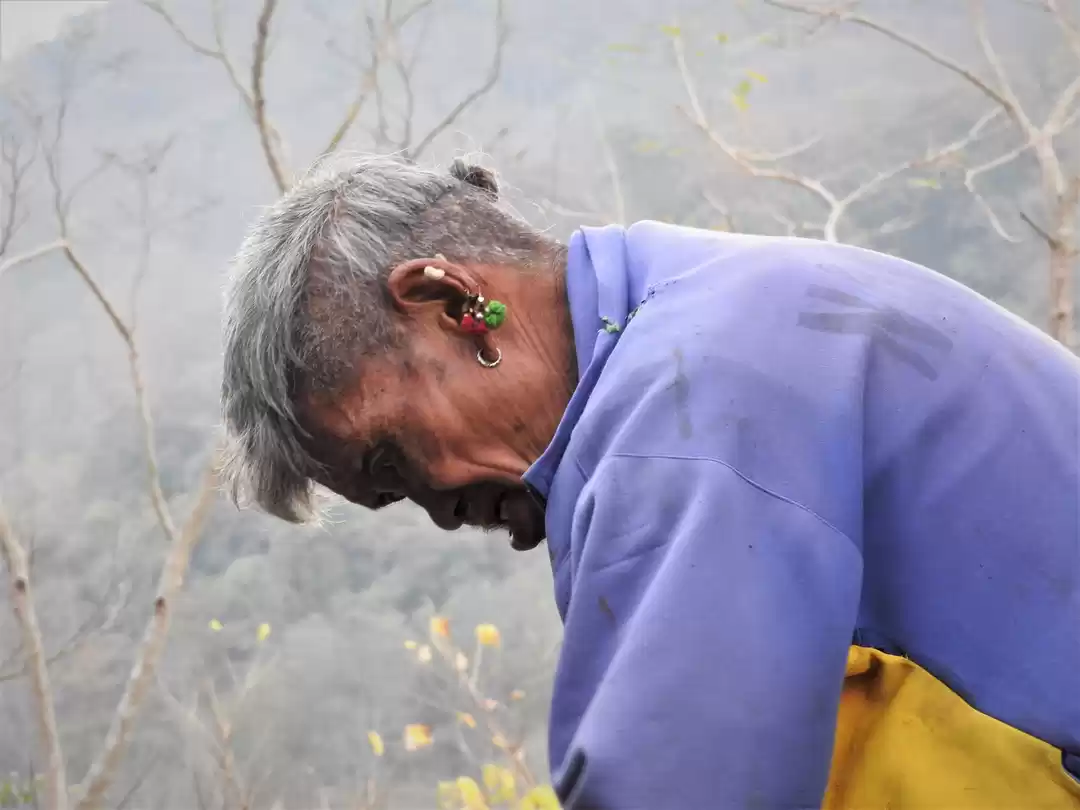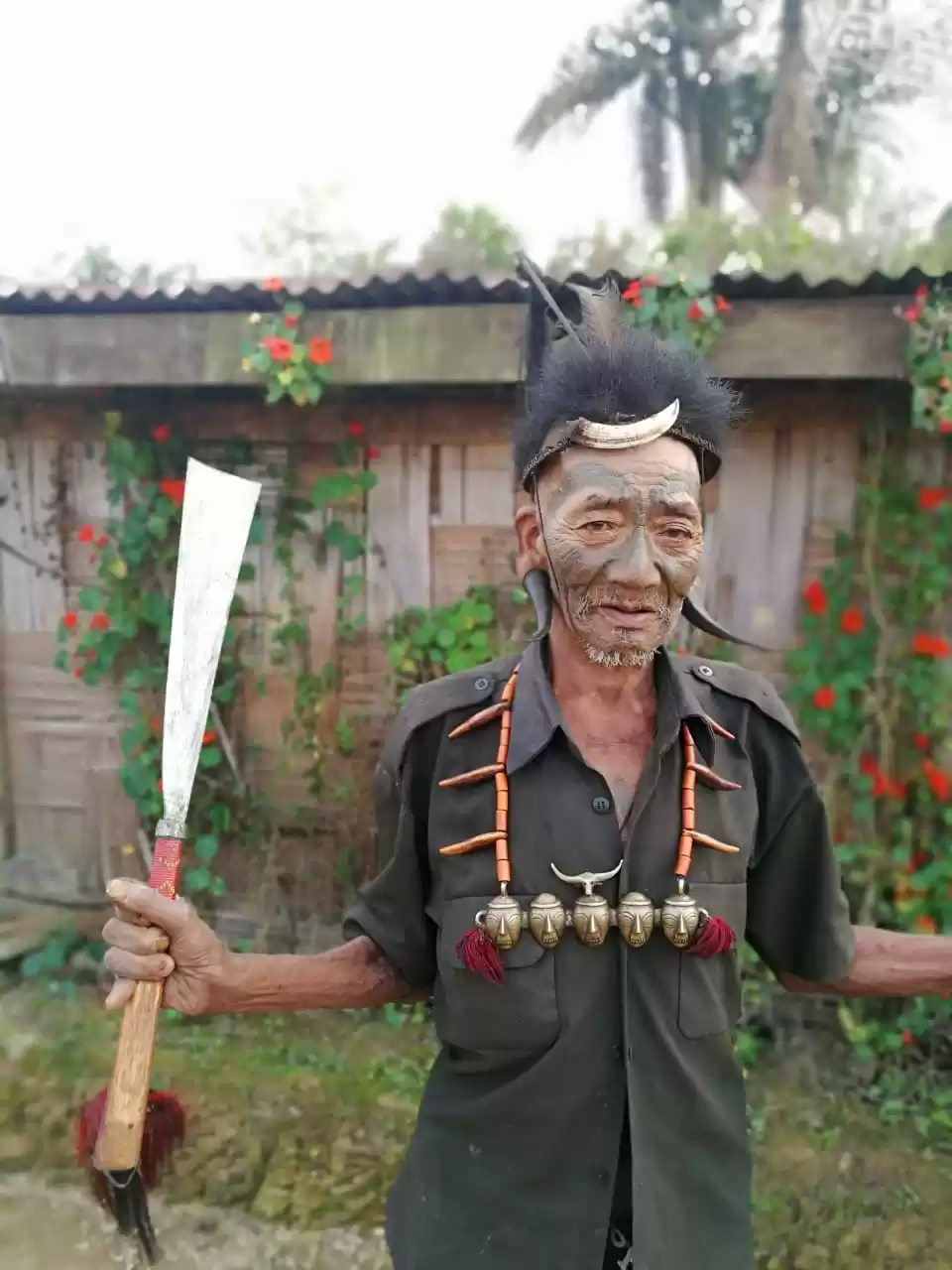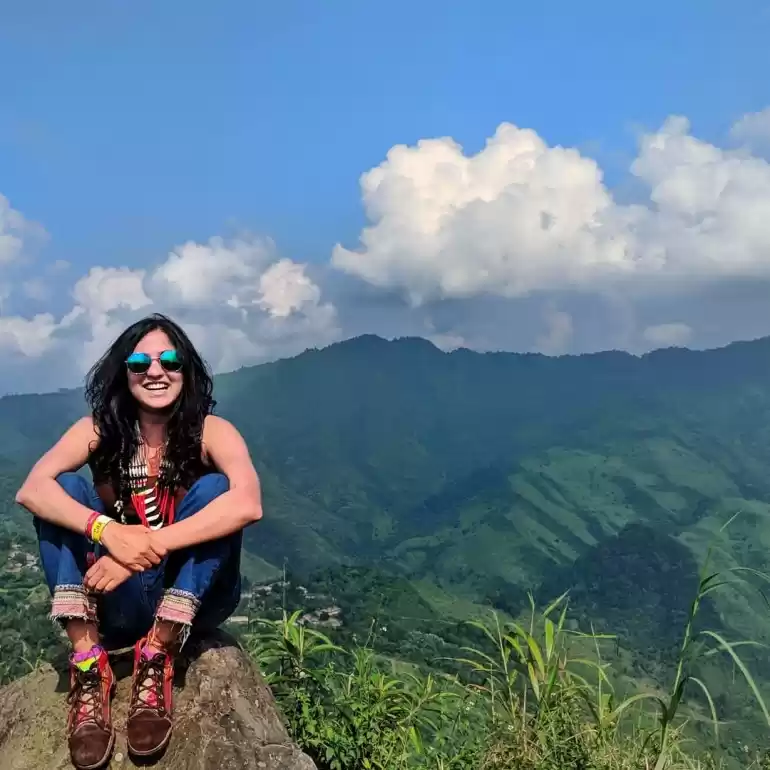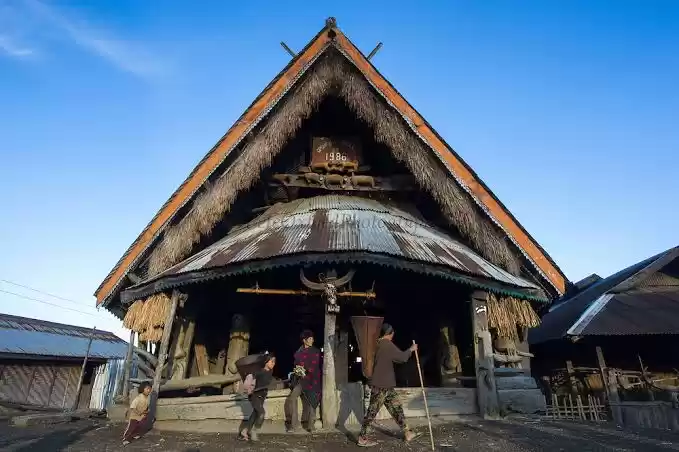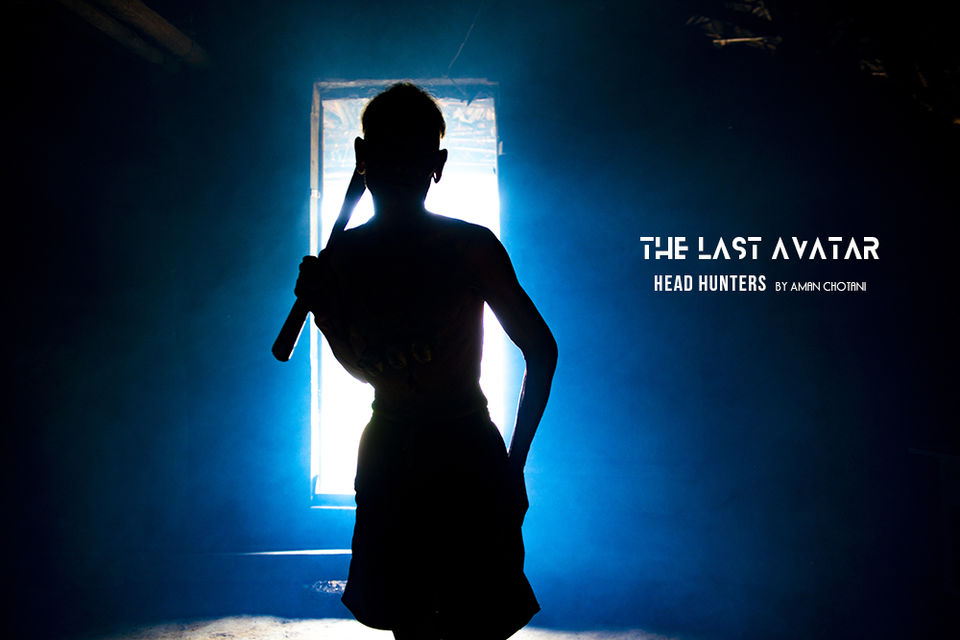
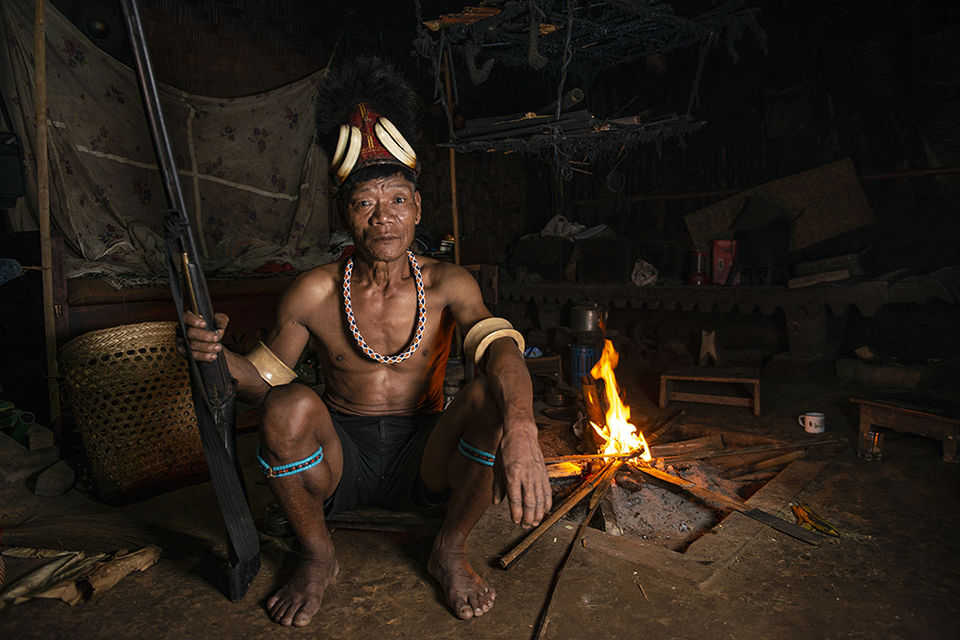
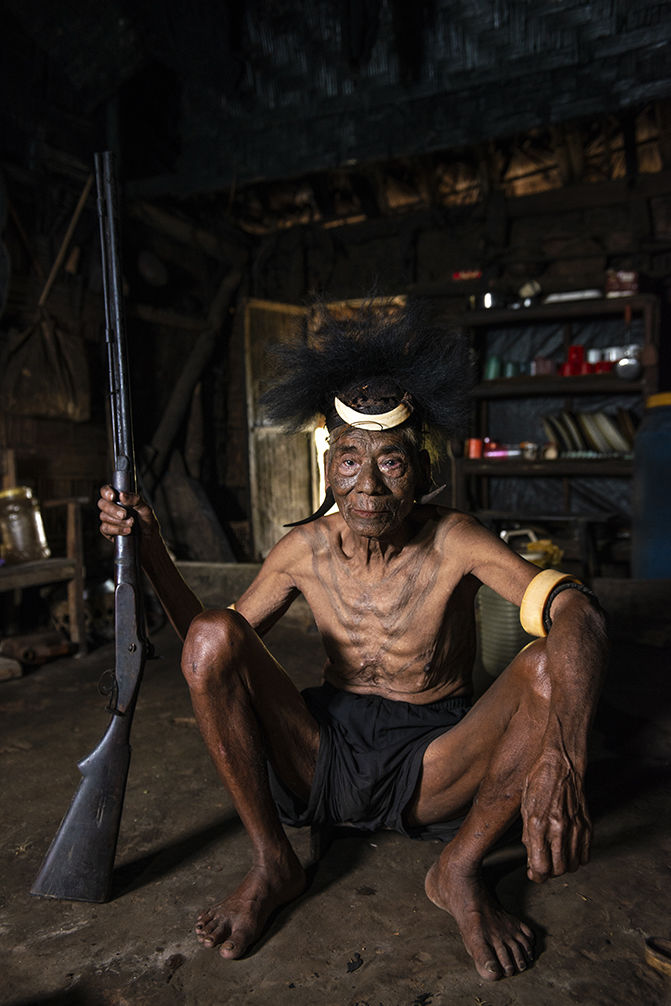
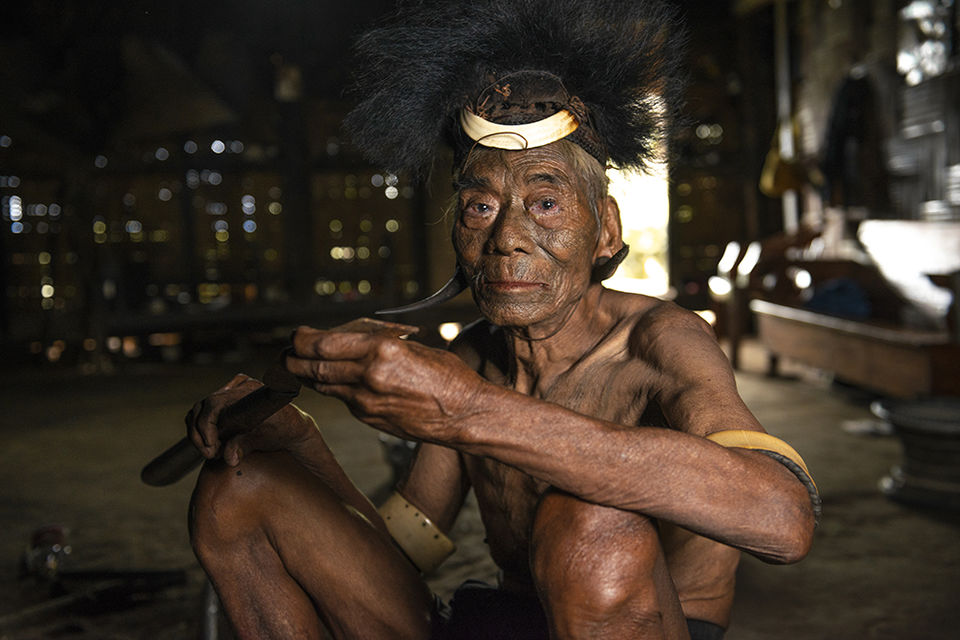
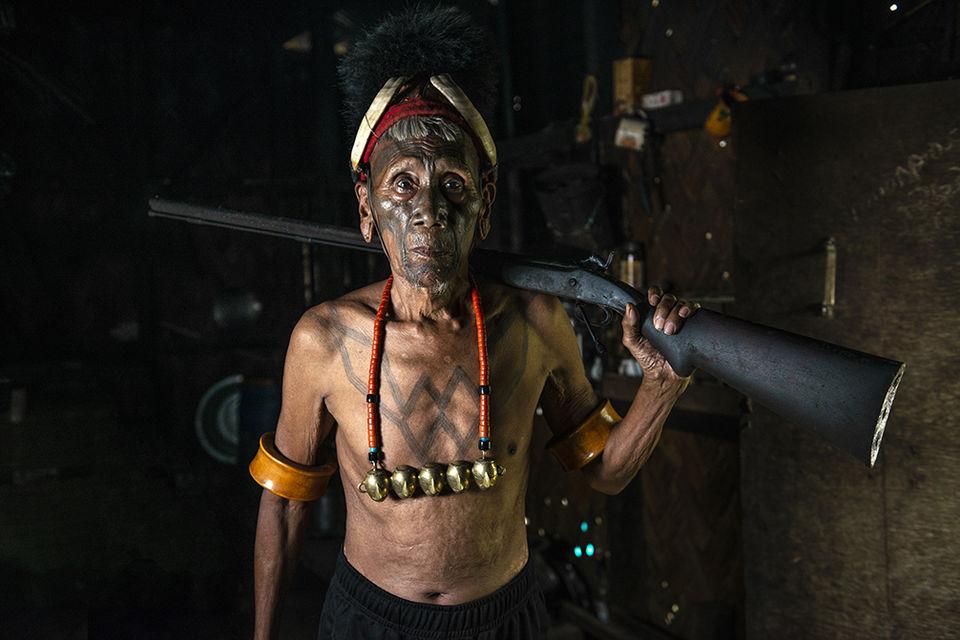
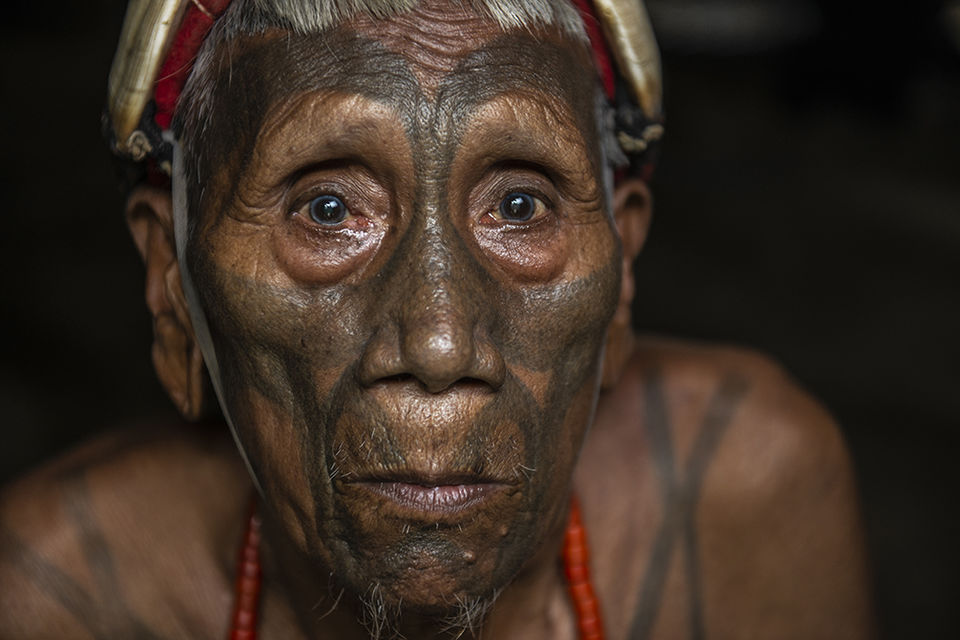
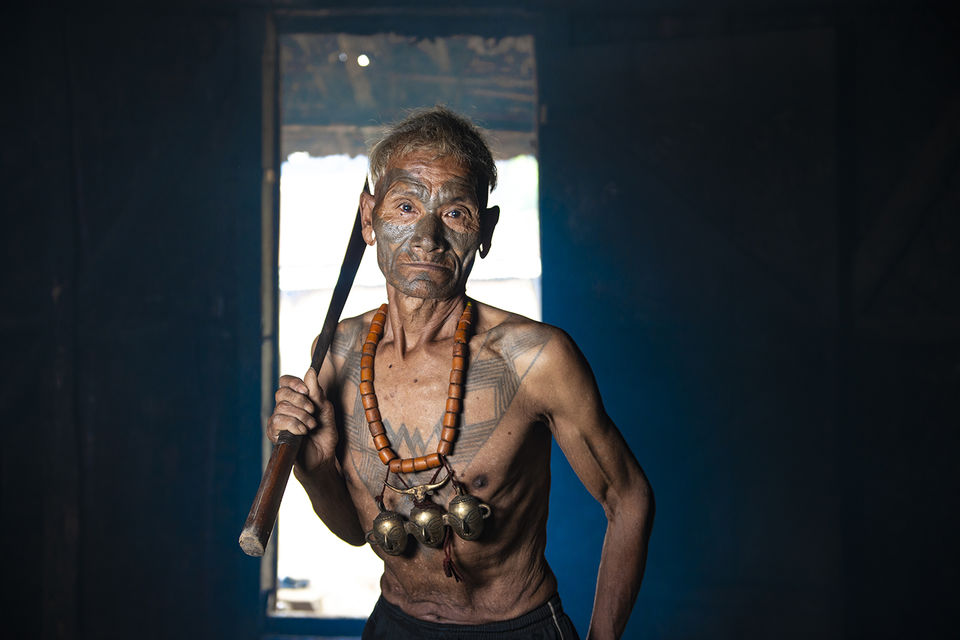
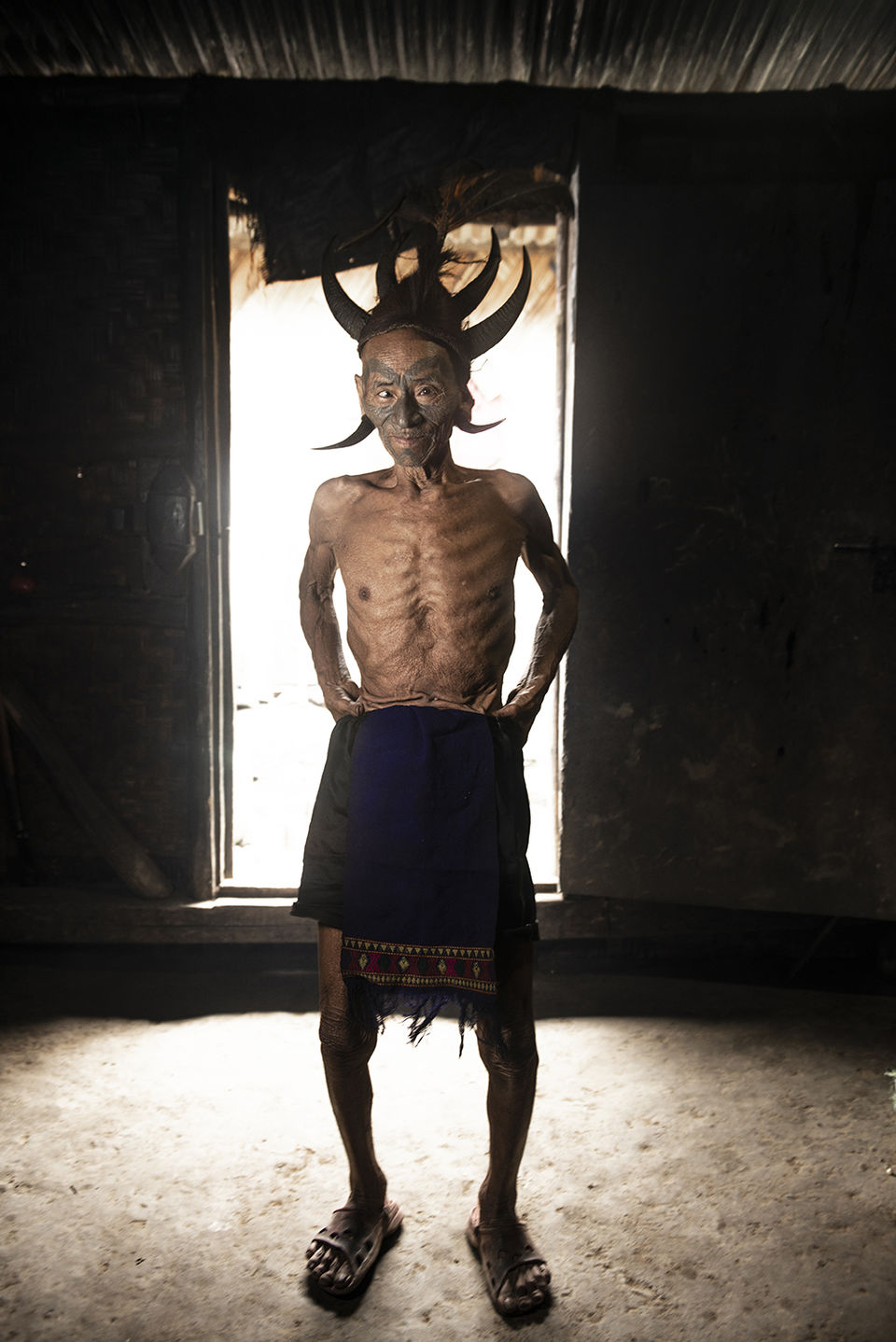
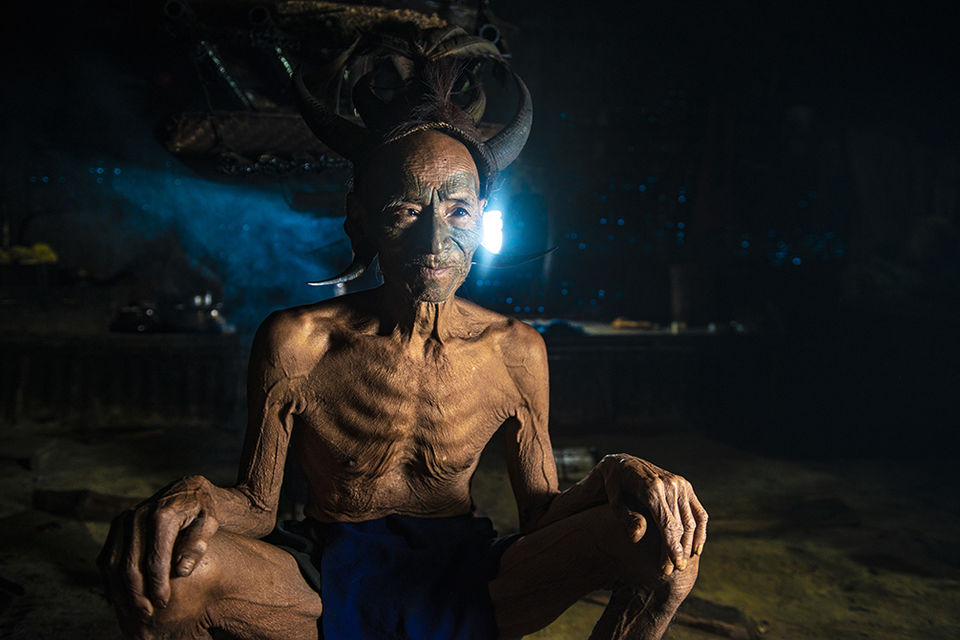
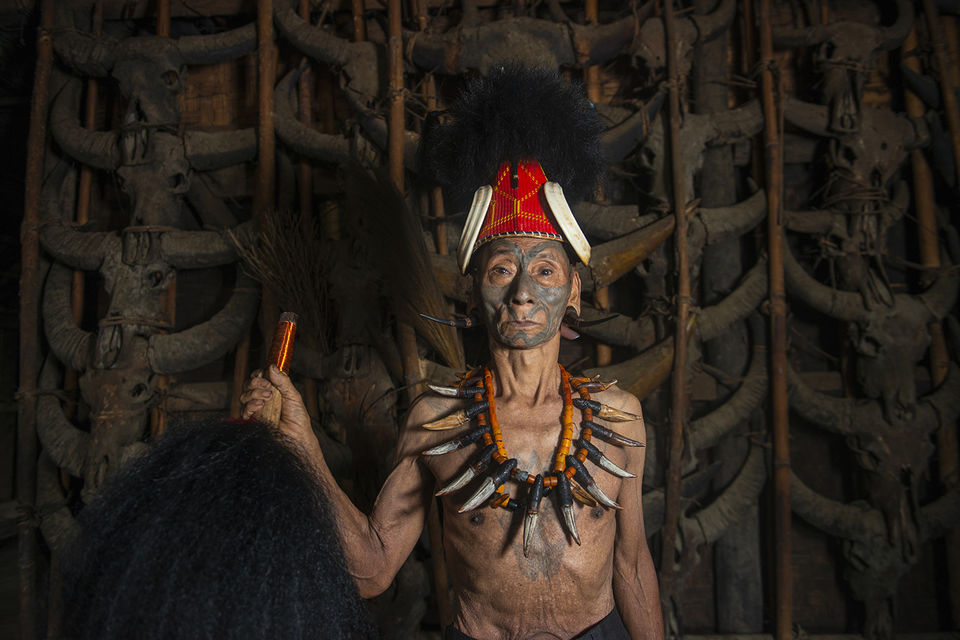
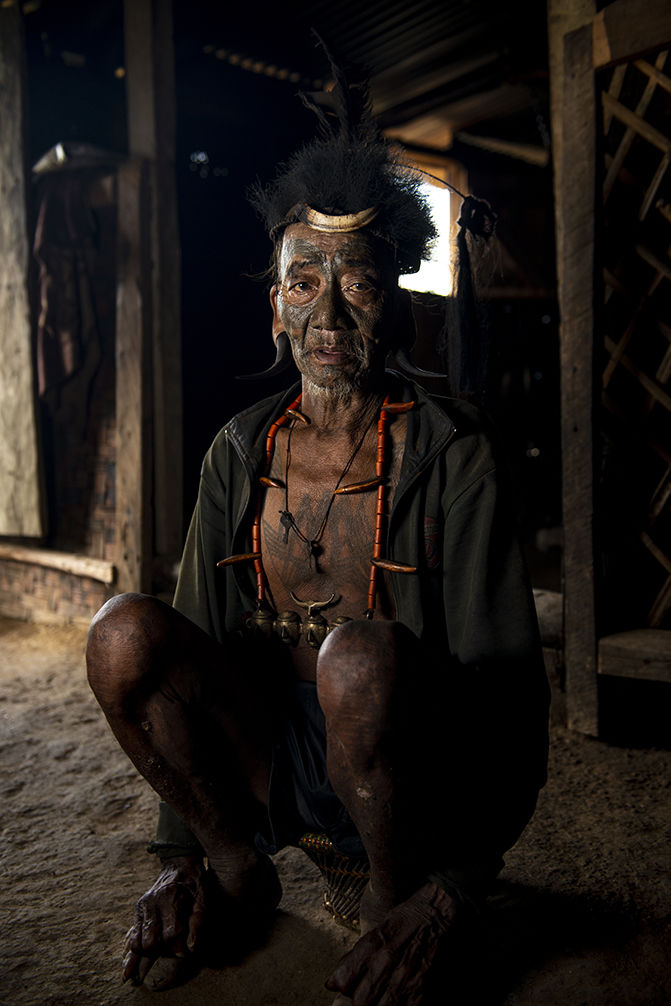
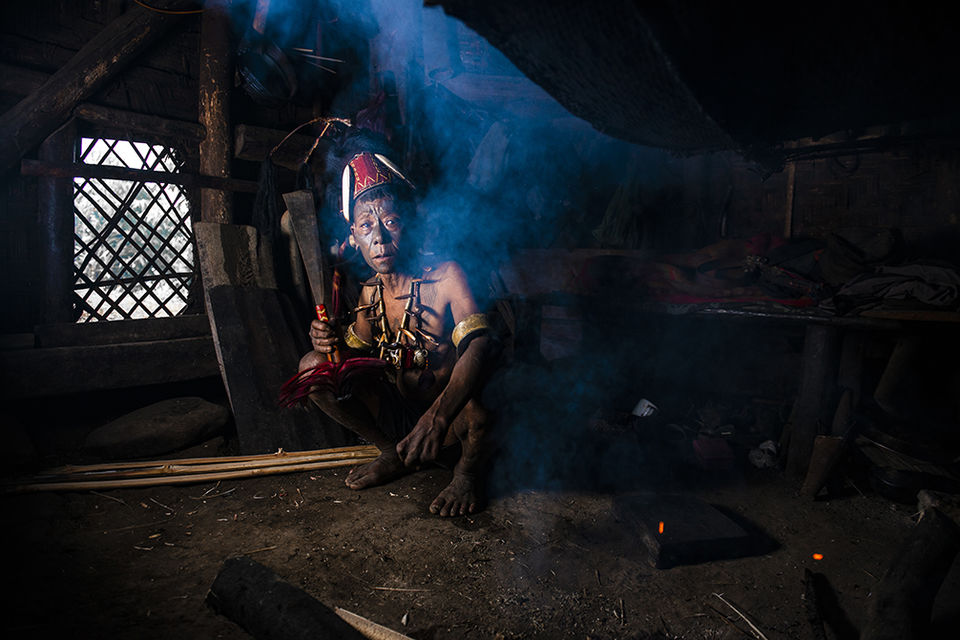
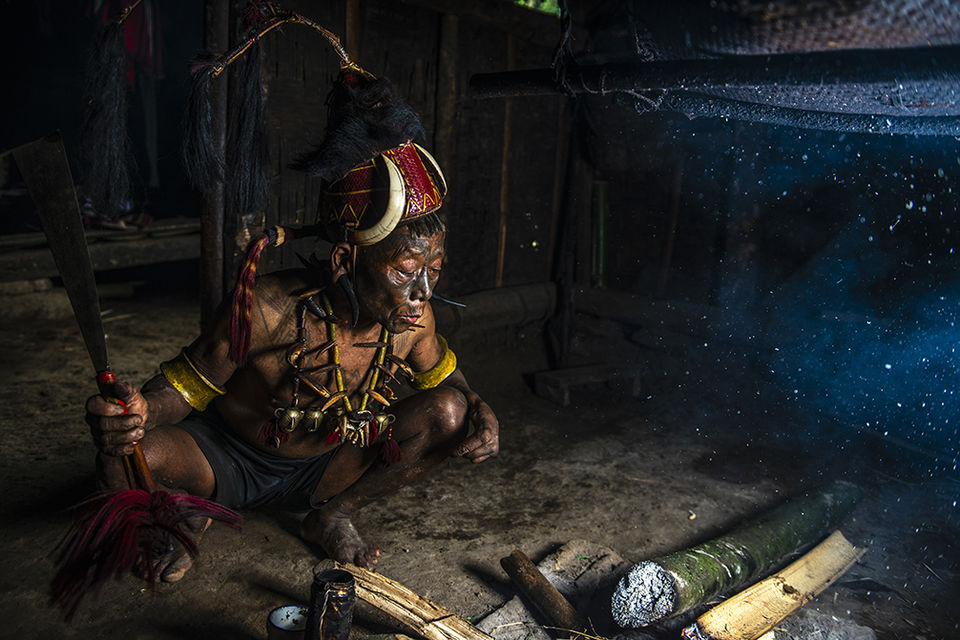

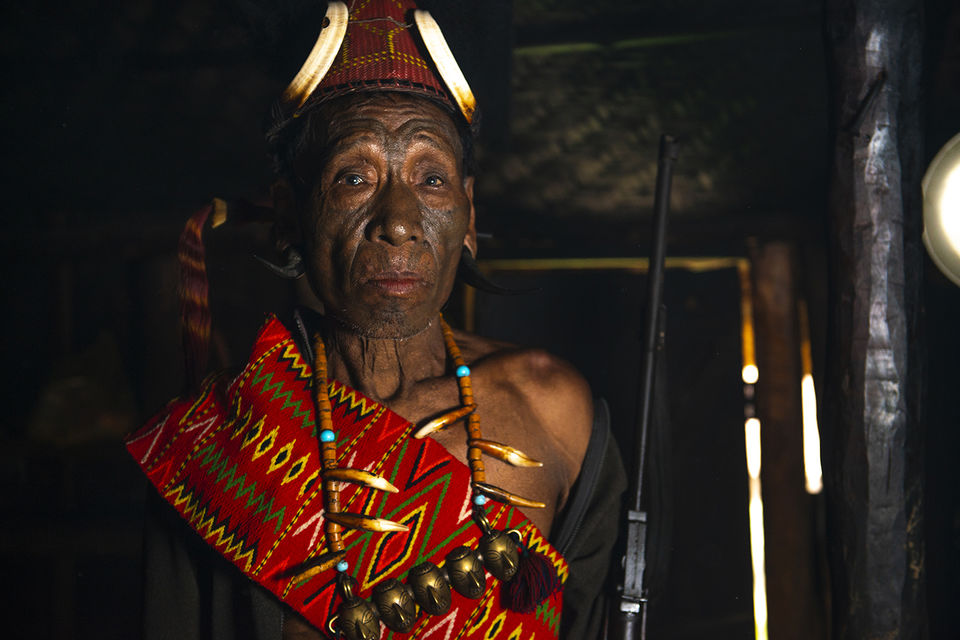
When we think of tribes, the first thing that comes to our mind is, “what did those tribesmen and women believe in?” “What were their customs and beliefs?” That’s what I asked about the Konyak tribe that was nestled in Nagaland, India, in regard to the famous headhunters.
Head hunting was the war-art of capturing the head of an enemy, which, was seen as a rite of passage for young boys to turn into men. Capturing the head of an enemy meant to capture the spirit that the enemy had, and was largely seen as a sign of unwavering courage and bravery. Once a young boy completed his first kill successfully, he was given his very own, very unique, facial tattoo to mark his shift and transition into manhood. Headhunting was the product of what the Konyak people believed in and what the skull represented. To them, the skull housed everything that the human is and ever will be. Phejin Konyak, the great-granddaughter of a Konyak headhunter, expressed in her book The Konyaks Last of the Tattooed Headhunter, that the skull had “all of the soul force of that being. This soul force is strongly associated with prosperity and fertility and is used for the benefit of the village, personal life, and crops.”
The Konyak’s were once known as war-loving people who would attack enemy tribes, taking the heads of that tribes warriors, and taking their decapitated prizes home. These skull-like trophies were then hung in communal houses called Morong’s and were put on display for all to see, admire, and appreciate. The more heads a warrior had, the more powerful he was. The display was done simply to show off the skill, strength, and prowess of that particular warrior, and was a sign of power to his tribe.
These warriors prided themselves with their skill of head hunting, and celebrated their famously prestigious facial and bodily tattoos. It was their custom up until the late 19th century. Christian missionaries arrived with the intention of converting the Konyak tribes to Christianity. In 1935, the practice of head hunting was banned on account of murder and how it did not respect the Christianity rules that the rest of the tribes were slowly being converted to. Before then, the Konyak’s were animistic and worshipped Mother Nature and all of her elements. But by 1960’s, the younger generations adopted newer lifestyles and cultures, causing the culture that ultimately embodied who they were, to disappear.
Each Konyak tribe was overseen and held responsible by one king. This king always had the biggest skills, and had more of them than the average headhunter. All in all, the Konyak’s were a people that were rooted deeply in tradition and were so proud of who they were that they broadcasted their outward expression of self by wearing symbolic representations of their kills. The Konyak headhunters were more than just people who just liked what they did for a living. They were people that found solace and respect in their skill. Although everything about it may seem brutal to us, to them, it was a necessity that was tied to their souls and their very way of life.
To Read more about The Last Avatar Project - http://thelastavatar.in/




